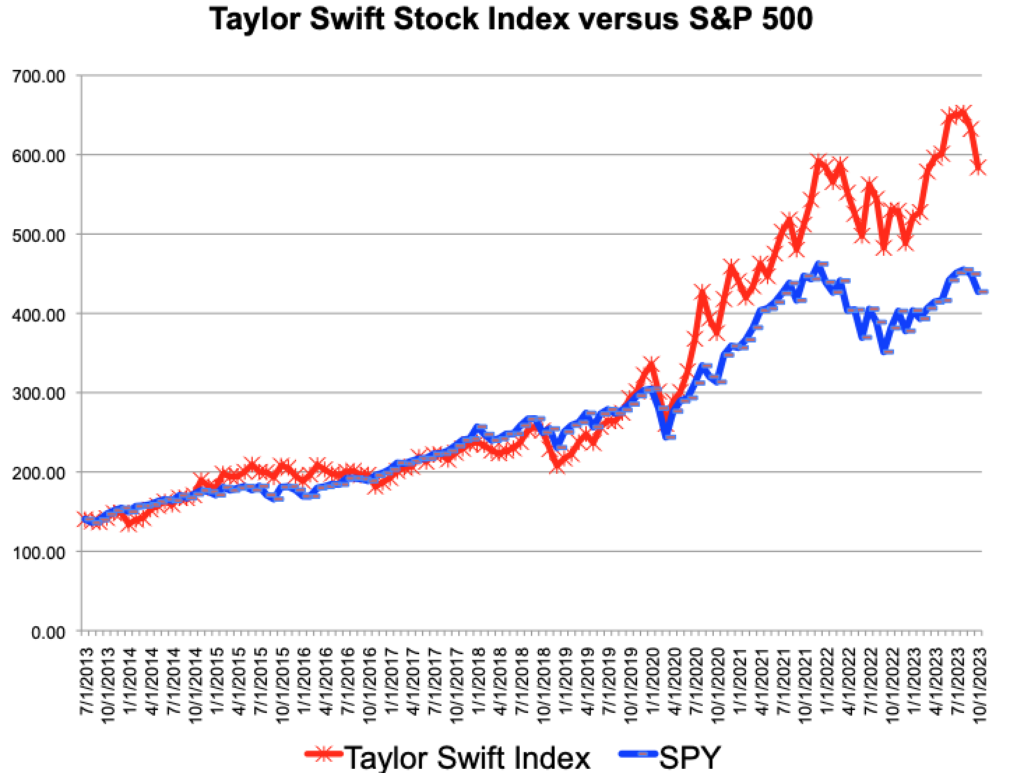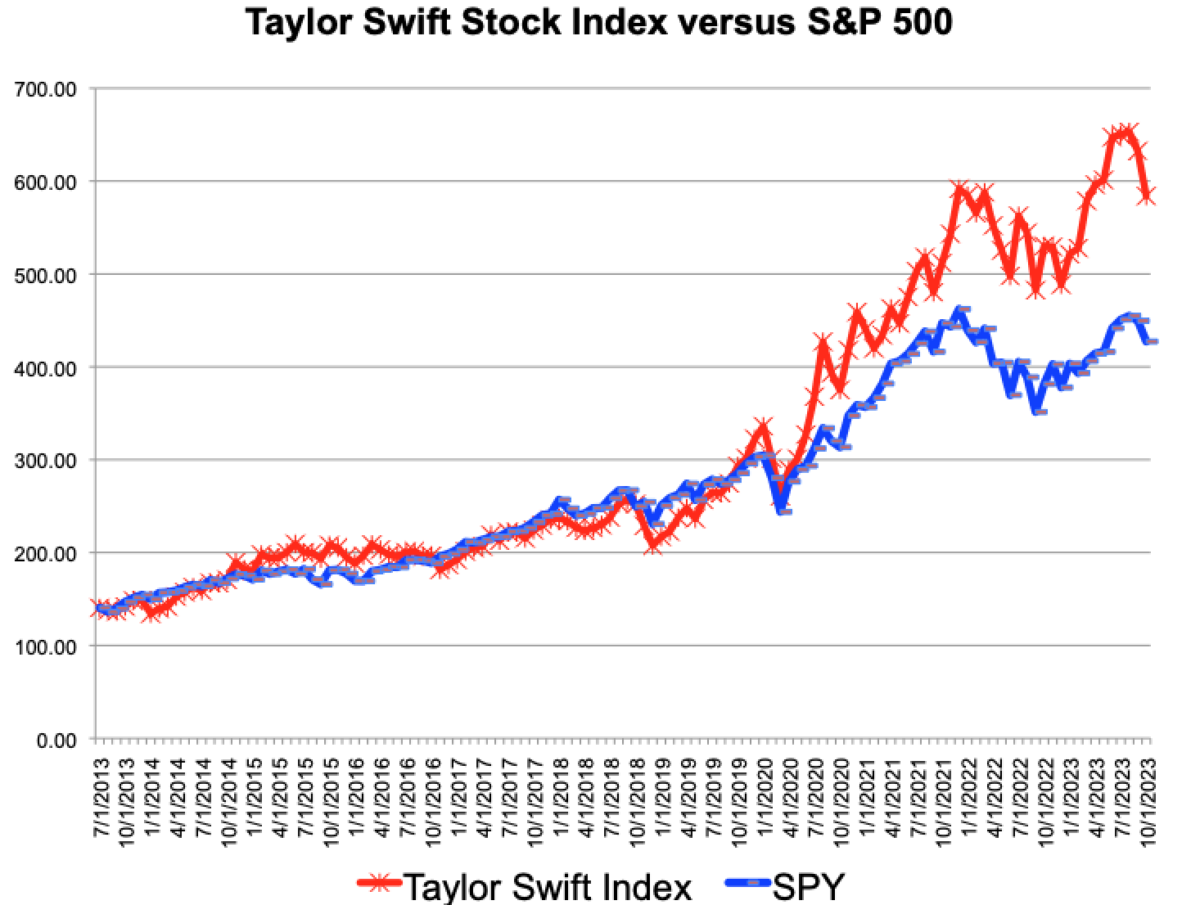by Fred Fuld III
3D printing, also known as additive manufacturing, is a revolutionary technology that allows the creation of three-dimensional objects from digital models. Unlike traditional subtractive manufacturing methods, where material is removed from a solid block, 3D printing builds objects layer by layer, adding material precisely where it is needed. This process enables the production of highly complex and customized shapes that might be challenging or impossible to achieve with traditional manufacturing techniques.
Here’s a breakdown of how 3D printing works:
1. Creation of Digital 3D Model:
The process begins with the creation of a digital 3D model of the object to be printed. This model can be designed using computer-aided design (CAD) software or obtained from 3D scans of existing objects.
2. Slicing the Model:
The digital 3D model is sliced into thin horizontal layers using specialized software. This slicing process prepares the model for printing, generating a set of instructions (G-code) that guides the 3D printer on how to build each layer.
3. Printing Process:
- Material Selection: Various materials can be used for 3D printing, including plastics, metals, ceramics, and even organic materials. The choice of material depends on the intended application.
- Printing: The 3D printer starts by creating the first layer of the object on the build platform. The printer nozzle or laser, depending on the technology used, deposits or sinters the material according to the instructions from the sliced model.
- Layer-by-Layer Building: The printer adds subsequent layers, one on top of the other, adhering to the layer beneath. This layer-by-layer approach continues until the entire object is formed.
4. Post-Processing (Optional):
After printing, the object may require post-processing steps such as cleaning, support removal, surface finishing, or assembly, depending on the complexity of the design and the intended use.
5. Applications:
3D printing finds applications in various industries, including manufacturing, healthcare, automotive, aerospace, architecture, education, and more. It’s used for prototyping, rapid manufacturing, custom medical implants, architectural models, intricate artwork, and even in the production of components for aerospace and automotive industries.
Benefits of 3D Printing:
- Customization: 3D printing allows for highly customized and personalized designs tailored to specific needs.
- Rapid Prototyping: Prototypes can be created quickly and cost-effectively, allowing for rapid iteration and design improvements.
- Complex Geometries: It can produce complex geometries and internal structures that are challenging for traditional manufacturing methods.
- Reduced Waste: 3D printing is often more efficient, producing less waste compared to subtractive manufacturing methods.
3D printing continues to evolve, with advancements in materials, speed, and precision, expanding its capabilities and applications across various industries.
Fortunately, there are several 3D printing companies to choose from.
Stratasys (SSYS) is a $890 million market cap company, which is a global leader in additive manufacturing, also known as 3D printing. The company was founded in 1989 by S. Scott Crump and his wife Lisa Crump in Eden Prairie, Minnesota. Crump is credited with inventing fused deposition modeling (FDM), one of the most common 3D printing technologies today.
Stratasys sold its first 3D printer, the 3D Modeler, in 1992. The company went public in 1994 and has since grown to become one of the largest and most successful 3D printing companies in the world.
Stratasys offers a wide range of 3D printers and materials for a variety of industries, including aerospace, automotive, healthcare, consumer products, and education. The company’s products are used to create prototypes, manufacturing tools, and production parts.
Stratasys has a long history of innovation in the 3D printing industry. In 2003, the company introduced the Dimension, the first desktop FDM 3D printer. In 2008, Stratasys released the PolyJet 3D printing technology, which enables users to print with multiple materials in a single build.
In recent years, Stratasys has continued to innovate and expand its product portfolio. In 2017, the company acquired MakerBot, a leading manufacturer of desktop 3D printers. In 2021, Stratasys released the J850 Pro, the world’s first multi-material, multi-color 3D printer.
Stratasys is a global company with headquarters in Eden Prairie, Minnesota and Rehovot, Israel. The company has over 3,000 employees and sells its products in over 100 countries.
Here are some of Stratasys’s notable milestones:
- 1989: Company founded by S. Scott Crump and his wife Lisa Crump.
- 1992: Stratasys sells its first 3D printer, the 3D Modeler.
- 1994: Stratasys goes public on Nasdaq.
- 1995: Stratasys acquires IBM’s rapid prototyping intellectual property and other assets.
- 2003: Stratasys introduces the Dimension, the first desktop FDM 3D printer.
- 2008: Stratasys releases the PolyJet 3D printing technology.
- 2017: Stratasys acquires MakerBot.
- 2021: Stratasys releases the J850 Pro, the world’s first multi-material, multi-color 3D printer.
Stratasys is a pioneer in the 3D printing industry and continues to lead the way in innovation. The company’s products are used by businesses and individuals around the world to create a wide range of products, from prototypes to production parts.
The stock trades at 31.5 times forward earnings and is selling at 94% of book value. It has almost no long term debt.
Earnings per share growth for next year is expected to be over 120%, with average annual earnings per share growth over the last five years of 10.41%. However currently the company is generating negative earnings.
The stock price is down over 10%for the last 12 months.
Stratasys had been involved in a merger agreement with Desktop Metal (DM), however, the merger was terminated yesterday.
Speaking of Desktop Metal (DM), it is a leading 3D printing company that was founded in 2015 in Cambridge, Massachusetts. The company was founded by a team of experienced entrepreneurs and engineers, including several from MIT.
Desktop Metal’s mission is to make 3D printing accessible to everyone. The company develops and sells a variety of 3D printing systems and materials that are designed to be easy to use and affordable.
Desktop Metal’s flagship product is the Studio System, a desktop metal 3D printer that is ideal for prototyping and small-batch production. The Studio System is easy to set up and use, and it produces high-quality metal parts with a variety of materials.
Desktop Metal also offers a variety of other 3D printing systems, including the Production System for large-scale manufacturing and the Shop System for machine shops. The company also offers a variety of materials for its 3D printers, including steel, aluminum, titanium, and copper.
Desktop Metal has quickly become one of the leading 3D printing companies in the world. The company’s products are used by businesses of all sizes in a variety of industries, including aerospace, automotive, healthcare, and consumer goods.
Here is a timeline of some of Desktop Metal’s key milestones:
- 2015: Desktop Metal is founded.
- 2017: Desktop Metal launches its Studio System and Production System.
- 2019: Desktop Metal launches its Shop System and Fiber printer.
- 2020: Desktop Metal goes public on the New York Stock Exchange.
- 2021: Desktop Metal acquires EnvisionTEC, a leading manufacturer of industrial photopolymer 3D printers.
- 2023: Desktop Metal acquires ExOne, a leading manufacturer of binder jetting 3D printers.
The company is well-positioned to benefit from the continued growth of the 3D printing industry.
It has a market cap of $432 million, and is selling at 97% of bon value. Although currently generating negative earnings, the stock is expected to reduced their earnings per share loss by 59.63% next year.
The stock price is down over 48% for the last 12 months.
3D Systems Corp. (DDD) is a leading manufacturer of 3D printers and materials. The company was founded in 1986 by Chuck Hull, the inventor of stereolithography [SLA], one of the first 3D printing technologies.
3D Systems was the first company to commercialize 3D printing technology. In 1987, the company released the SLA-1, the world’s first commercial 3D printer. The SLA-1 was quickly adopted by businesses and organizations for prototyping, product development, and manufacturing.
Over the years, 3D Systems has developed and released a wide range of 3D printers and materials. The company’s products are used by businesses and individuals in a variety of industries, including aerospace, automotive, healthcare, consumer goods, and education.
3D Systems has also played a leading role in the development of 3D printing software. The company’s software products enable users to design, prepare, and print 3D models.
Here is a timeline of some of 3D Systems’ key milestones:
- 1986: 3D Systems is founded by Chuck Hull, the inventor of stereolithography (SLA).
- 1987: 3D Systems releases the SLA-1, the world’s first commercial 3D printer.
- 1989: 3D Systems releases the SLS-250, the world’s first commercial selective laser sintering (SLS) 3D printer.
- 1994: 3D Systems goes public on the Nasdaq stock exchange.
- 1995: 3D Systems releases the SLA-500, the world’s first commercial SLA 3D printer that can print with multiple materials.
- 2000: 3D Systems releases the ZPrinter, the world’s first commercial color 3D printer.
- 2006: 3D Systems releases the Cube, the world’s first affordable desktop 3D printer.
- 2012: 3D Systems releases the ProJet 3500, the world’s first commercial SLA 3D printer that can print with metals.
- 2014: 3D Systems releases the Figure 4, the world’s first commercial desktop DLP 3D printer.
- 2017: 3D Systems releases the FabPro 1000, the world’s first commercial desktop FDM 3D printer that can print with carbon fiber.
- 2020: 3D Systems releases the ProX SLS 6100, the world’s first commercial SLS 3D printer that can print with nylon 12 CF, a strong and lightweight material that is ideal for industrial applications.
3D Systems is a pioneer in the 3D printing industry. The company’s products have helped to make 3D printing more accessible and affordable.
3D Systems has a market cap of $589 million and is selling at 83% of book value. The company, which is currently generating negative earnings, is expected to reduce its earnings per share loss by 30% next year.
The stock price is down over 44%for the last 12 months.
Proto Labs Inc. (PRLB) is a leading digital manufacturing company that provides rapid prototyping and on-demand production services. The company was founded in 1999 by Larry Lukis, who wanted to make it faster and easier for businesses to get custom prototypes and production parts made.
Proto Labs was one of the first companies to offer rapid prototyping services online. The company’s website allows users to upload their CAD files and receive an instant quote for prototyping or production services. Proto Labs also offers a variety of online tools to help users design and optimize their parts for manufacturability.
Proto Labs offers a wide range of manufacturing services, including injection molding, CNC machining, and 3D printing. The company’s services are used by businesses of all sizes in a variety of industries, including aerospace, automotive, healthcare, consumer goods, and electronics.
Here is a timeline of some of Proto Labs’ key milestones:
- 1999: Proto Labs is founded by Larry Lukis.
- 2001: Proto Labs launches its online platform for rapid prototyping services.
- 2005: Proto Labs opens its first European facility in Telford, England.
- 2009: Proto Labs opens its first Asian facility in Osaka, Japan.
- 2012: Proto Labs goes public on the Nasdaq stock exchange.
- 2014: Proto Labs launches its 3D printing services.
- 2016: Proto Labs opens its new global headquarters in Maple Plain, Minnesota.
- 2017: Proto Labs acquires Rapid Manufacturing, a leading provider of CNC machining services.
- 2021: Proto Labs acquires Hubs, a global online manufacturing platform.
Proto Labs is a $686 million market cap company that is trading at a very reasonable 16.65 times forward earnings. Growth of earnings per share next year is expected to be 16.04%.
The company has no long term debt and the stock is trading right at its book value. The stock price is down over 27%for the last 12 months.
Velo3D (VLD), a leading metal 3D printing company founded in 2015, develops and sells metal 3D printers, software, and materials that are designed to be easy to use and affordable.
The company’s flagship product is the Sapphire, a laser powder bed fusion [LPBF] metal 3D printer that is known for its ability to print complex geometries with high precision and repeatability. Velo3D also offers a variety of software and materials that are specifically designed for the Sapphire printer.
Velo3D’s customers include businesses of all sizes in a variety of industries, including aerospace, automotive, healthcare, and consumer goods. Some of the company’s notable customers include SpaceX, Honeywell, and Lam Research.
It is a rapidly growing company with a bright future. It is well-positioned to benefit from the continued growth of the metal 3D printing industry.
The company’s mission is to make metal 3D printing accessible to everyone. Its products and services are designed to make it easier and more affordable for businesses to produce complex metal parts with 3D printing.
Velo3D’s technology is having a significant impact on the manufacturing industry. By enabling businesses to produce complex metal parts with high precision and repeatability, Velo3D is helping to reduce costs, improve quality, and accelerate product development.
The company is in partnership with Elon Musk’s SpaceX, and Cathie Wood, the CEO of Ark Invest, recently invested $1.8 million in the company on September 27.
The stock has an extremely low market cap of $309 million, so should be considered very speculative. The company is currently generating negative earnings, however, annual revenue growth over the last five years was 109%. Quarterly revenue growth year-over-year was 27.95%.
Low Market Caps
You will notice that all these stocks have low market caps, less than $1 billion. Therefore, they should all be considered extremely speculative. Do your own due diligence, and maybe one of these companies can print a successful return on your portfolio.
Disclosure: Author didn’t own any of the above at the time the article was written. All these stocks have very low market caps and should be considered extremely speculative. Photo Source: cdc.gov










